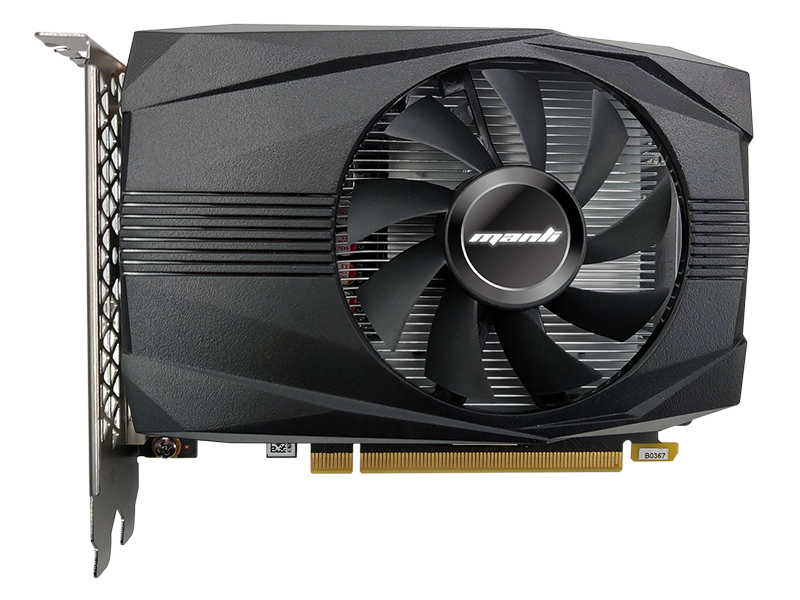

The end result of this overclock won’t dramatically change the GTX 760’s performance profile, but it should help to push it over 60fps in those situations where performance at 1080p at ultra quality settings was marginal. With the wide gap between the GTX 770 and GTX 760 in terms of specs this generally isn’t enough to completely catch up to NVIDIA’s top-tier GK104 card, but it can erase a large portion of the gap. The performance gains in all 5 of our games were on the order of 12% to 14%, just a bit less than the core overclock itself. Given GTX 760’s base shader/texture performance deficit due to only having 6 SMXes, overclocking proves to be very effective on our final results. Thus we’re altogether looking at a 15% core overclock coupled with a milder 8% memory overclock. It’s something of a roll of the dice, and in this case we were able to hit 6.5GHz before memory performance started regressing. Meanwhile the memory overclock is fairly standard for a GK104 part. The end result is that core overclocking ends up being more potent than we were expecting.


At the same time our max boost clock went from 1149MHz to 1306MHz, making this the first Kepler we’ve seen to surpass 1300MHz. Altogether we were able to increase the core clock by 150MHz on our GTX 760 sample, going from a base clock of 980MHz to 1130MHz. In fact it even ended up exceeding GTX 770 with regard to the size of the overclock and the highest boost bin we reached. In practice GTX 760 ended up exceeding our expectations. This is actually more than the GTX 770, so in TDP limited scenarios we should have a slightly easier time hitting the higher boost bins. Here we can push the TDP up by up to 15%, from 170W to 195W. Yet on the other hand the higher voltage for the highest boost bin – 1.2v versus 1.175v – gives us some additional overclocking headroom as long as our cooling can keep up.Īt the same time the GTX 760 gets a slightly larger TDP adjustment window than most other GK104 parts. As a result some of the overclocking headroom that we would expect has been eaten into by the overclock. Its 980MHz base clock is 65MHz higher than either the GTX 670 or GTX 660 Ti. Like the GTX 770 last month, the GTX 760 is clocked relatively high.


 0 kommentar(er)
0 kommentar(er)
